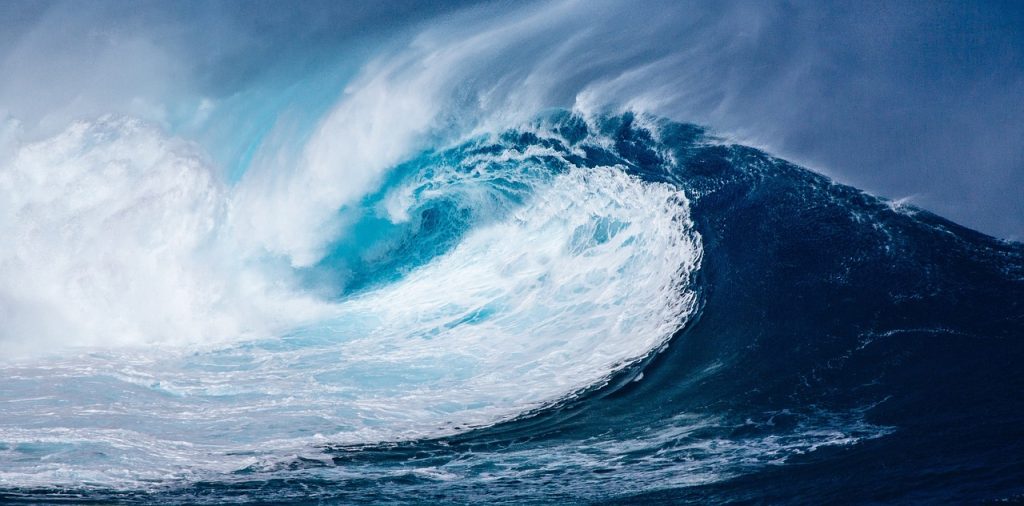Understanding Volcanic Fury: Why Do Volcanoes Erupt?
Volcanoes are one of nature’s most awe-inspiring and fearsome phenomena. When we think of volcanoes, images of magnificent eruptions with flowing lava and plumes of smoke come to mind. But what fuels these dramatic displays of Earth’s power? Understanding Volcanic Fury: Why Do Volcanoes Erupt can help us appreciate not just the spectacle but also the complex geological processes at work beneath our feet.
Introduction to the Volcanic Eruption
A volcanic eruption is not merely an explosion of fire and ash; it’s a release of enormous pressure built up below the Earth’s crust. This natural process is crucial for understanding how our planet has shaped itself over billions of years. Volcanoes are found along tectonic plate boundaries which are the divisions of the Earth’s outer shell. The movements of these plates can cause immense tension and pressure in the rock beneath the Earth’s surface, leading up to a dramatic release—volcanic eruptions.
What Causes a Volcano to Erupt?
At the heart of Understanding Volcanic Fury: Why Do Volcanoes Erupt lies the movement of molten rock known as magma. Magma forms in the Earth’s mantle – the thick, solid layer below the crust. When the conditions are right, this magma rises towards the surface. Several factors contribute to these conditions:
-
Heat and Pressure: The temperature in the Earth’s mantle and core is incredibly high, which can partially melt the rocks, forming magma. This magma is less dense than the surrounding rocks and, thus, starts to move upwards.
-
Tectonic Activity: Most volcanoes are located at tectonic plate boundaries due to the significant amount of geological activity in these areas. For example, the Pacific Ring of Fire is the most geologically active region in the world, full of volcanoes and frequent eruptions.
-
Water Introduced into Magma: Water can also play a crucial role. In subduction zones where one tectonic plate slides beneath another, water trapped in the crust is forced into the mantle. This lowers the melting point of mantle rocks, forming magma more easily.
The Mechanics of an Eruption
Understanding Volcanic Fury: Why Do Volcanoes Erupt also involves knowing how the magma, once formed, makes its way to the surface. As magma rises, it collects in a magma chamber, where the pressure continues to build. Once the pressure exceeds the strength of the rock above it, it forces its way through, erupting onto the Earth’s surface.
Types of Volcanic Eruptions
Volcanic eruptions can range from effusive to explosive:
-
Effusive Eruptions: These occur when magma escapes smoothly, resulting in a steady flow of lava. Such eruptions are less violent and are typical of shield volcanoes like those in Hawaii.
-
Explosive Eruptions: These are characterized by violent explosions that throw ash, lava, and gases high into the air. They occur when the magma is thick and gas-rich, trapping gases within it until it explodes. Stratovolcanoes, like Mount St. Helens in the USA, commonly display this type of eruption.
FAQs about Understanding Volcanic Fury: Why Do Volcanoes Erupt
Q1: Can volcanic eruptions be predicted?
A: Scientists can often predict eruptions by monitoring tell-tale signs like seismic activity, changes in gas emissions, and deformations in the volcano’s surface. However, predicting the exact time and magnitude of an eruption is still challenging.
Q2: Are all volcanic eruptions harmful?
A: While many eruptions can be destructive, volcanoes are also beneficial. For centuries, volcanic lands have been fertile agricultural spots, and geothermal energy offers a sustainable energy source.
Q3: How many active volcanoes are there in the world?
A: There are about 1,350 potentially active volcanoes worldwide, excluding the continuous belt of volcanoes on the ocean floor.
Q4: What is the biggest volcano in the world?
A: Mauna Loa in Hawaii holds the record for the largest volcano on Earth in terms of volume and area covered.
Conclusion
Understanding Volcanic Fury: Why Do Volcanoes Erupt has immense scientific value. By studying these natural phenomena, researchers can not only forecast potential hazards but also gain insights into the complex dynamics of Earth’s interior. Each eruption, while a display of nature’s might, is a reminder of our planet’s ever-changing nature and the dynamic processes that occur beneath its surface. As we continue to learn and adapt, the fury of volcanoes remains a significant, mesmerizing force in shaping our natural world.
Volcanoes are truly monumental forces of nature, perfectly combining the beauty and terror of what our planet is capable of. As we delve deeper into understanding volcanic fury and why volcanoes erupt, we not only become more adept at safeguarding human lives but also further appreciate the intricate workings of our planet.


